Deleting cyberwars@qq.com.war Ransomware In Simple Steps
Error caused by cyberwars@qq.com.war Ransomware 0xf0801 CBS_E_NOT_INITIALIZED session not initialized, 0x0000006D, 0x80244010 WU_E_PT_EXCEEDED_MAX_SERVER_TRIPS The number of round trips to the server exceeded the maximum limit., 0x80248013 WU_E_DS_DUPLICATEUPDATEID The server sent the same update to the client with two different revision IDs., 0x80244001 WU_E_PT_SOAPCLIENT_INITIALIZE Same as SOAPCLIENT_INITIALIZE_ERROR - initialization of the SOAP client failed, possibly because of an MSXML installation failure., 0x8024801C WU_E_DS_RESETREQUIRED The data store requires a session reset; release the session and retry with a new session., 0x80242002 WU_E_UH_UNKNOWNHANDLER A request for an update handler could not be completed because the handler could not be recognized., 0xf0900 CBS_E_XML_PARSER_FAILURE unexpected internal XML parser error., 0xf0826 CBS_E_PENDING_VICTIM Package failed to install because another pended package failed., 0xf0804CBS_E_OPEN_FAILED the update could not be found or could not be opened, 0x0000003D, 0x8024200E WU_E_UH_NOTIFYFAILURE The update handler failed to send notification of the status of the install (uninstall) operation., 0x000000F1Eliminate cyberwars@qq.com.war Ransomware Possible Steps For
A threat like cyberwars@qq.com.war Ransomware damage the whole OS and make other install program unresponsive. This threat is very risky for the all Windows version including the newly released Windows 10 OS. The malicious mind behind the creation of this cyberwars@qq.com.war Ransomware threat is used to hamper more and to steal useful resource from the infected OS. On every web browser there is option to save password, this is done for the user convenience. The hacker will attack on those web browser, mainly on the default one to collect those saved password. It can be off your social account, email, or even on banks.
Which is the reason you must Delete cyberwars@qq.com.war Ransomware virus from your infected OS. Moreover this threat will compromise the security program of the infected OS, which allow other harmful threat to enter. As the OS is already infected with cyberwars@qq.com.war Ransomware, therefore the other threat will surely damage all the functionality of your OS. Which is why you must need to Delete it.
Step 1 : Delete cyberwars@qq.com.war Ransomware From Web Browser
Step 2 : Reset Your Browser Settings To Delete cyberwars@qq.com.war Ransomware
Step 3 : Delete cyberwars@qq.com.war Ransomware From Task Manager
Step 4 : Delete cyberwars@qq.com.war Ransomware From Registry Editor
Step 5 : Delete cyberwars@qq.com.war Ransomware Through Control Panel
Step 6 : Start Your PC in Safe Mode With Networking To Delete cyberwars@qq.com.war Ransomware
Step 1 : Delete cyberwars@qq.com.war Ransomware From Web Browser
Delete From Google Chrome
- To open Menu click on 3 Horizontal icon top right corner of Chrome Browser.
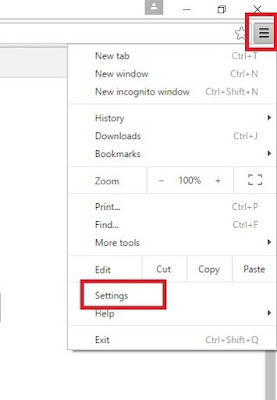
- A drop Down list will open >> select the Settings/ Extension option.
- If Settings panel get open >> then click on Extension Tab.

- If Extension Windows will be open select the malicious extension from the list.
- Then finally click Trash / Recycle icon to Delete cyberwars@qq.com.war Ransomware from Google Chrome.
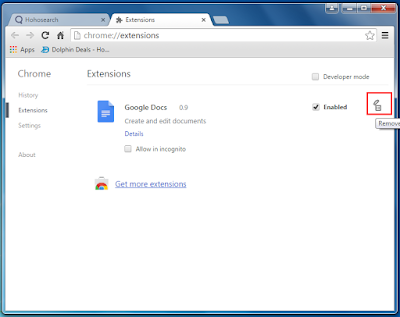
Delete From Internet Explorer
- Select the Tools button from Internet Explorer.
- On the Tools section select Manage add-ons.
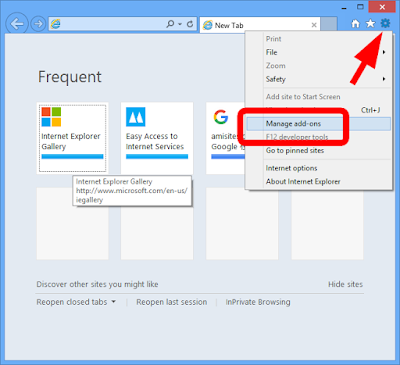
- From the Add-ons list, select the add-on you want to turn off/remove.
- The Select Disable option .
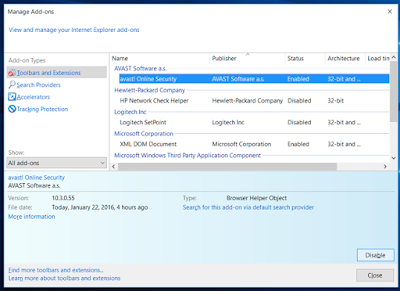
- Now Finally Restart The Internet Explorer to Delete cyberwars@qq.com.war Ransomware.
Delete From Mozilla Firefox
- Click Menu Button then choose Add-ons.

- Now the Add-ons Manager Tab will open.
- Here you need to select the Extensions or Appearance panel.
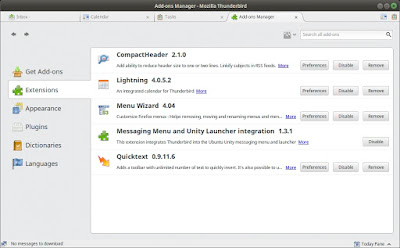
- Then simply select the add-on from list you wish to remove.
- Now click on the Delete button.

- Finally Restart the Mozilla Browser to Delete cyberwars@qq.com.war Ransomware.
Delete From Microsoft Edge
- Select More option to open the menu on Microsoft Edge.
- Then select Extensions from the Menu drop down list.
- On the Extension right-click on it to Delete.

- Now click the Remove button.
- Finally Restart the Microsoft Edge Browser to Delete cyberwars@qq.com.war Ransomware.
Reset Google Chrome
- Click on Menu from right corner of Chrome Browser.
- A drop list will appear, select Settings from here.

- When Settings panel will appear >> go to search box.
- On Search Box type RESET.
- Click the Reset button when confirmation Pop-up Windows will appear.
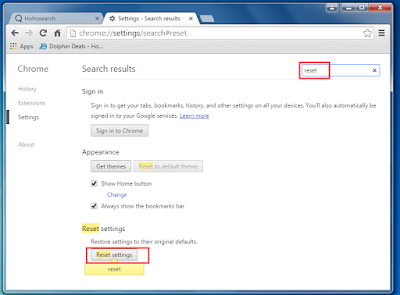
- This will Delete cyberwars@qq.com.war Ransomware from Google Chrome Browser.
Reset Microsoft Edge
- Click the three horizontal dots to open the Settings menu.
- Then choose Settings option from here.

- Then under Settings section click on Clear Browsing Data.
- Here click on Choose what to clear >> then click Show more.
- Select all and click Clear.
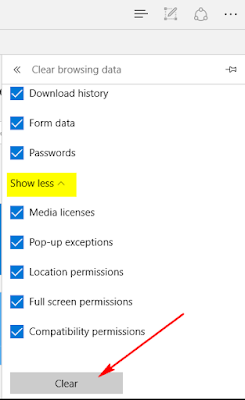
- Restart your Microsoft Edge to Delete cyberwars@qq.com.war Ransomware.
Reset Internet Explorer
- Click on Tools menu and select Internet Option.
- Click on Advance tab and then hit the Reset button.
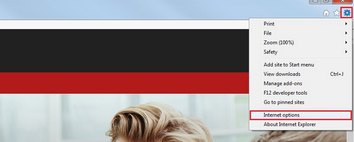
- Find Delete Personal Settings option and press Reset Button.
- Restart your Internet Explorer to Delete cyberwars@qq.com.war Ransomware.
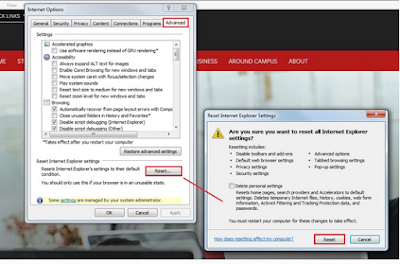
Reset Mozilla Firefox
- On Mozilla Firefox click Menu option and then press Help option.
- Select Troubleshooting Information option.

- On this panel click on Refresh Firefox button.
- Press Refresh Firefox to complete the process.
<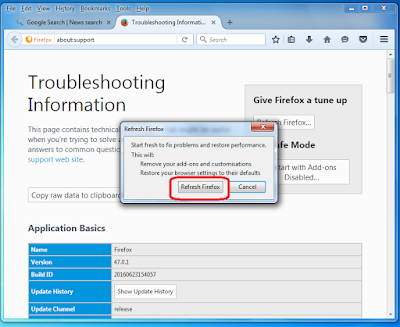

- This will Delete cyberwars@qq.com.war Ransomware from Mozilla Firefox.
- Right-click on task Bar and select Task Manager.
- Press ALT+Ctrl+Del buttons to open Task Manager.
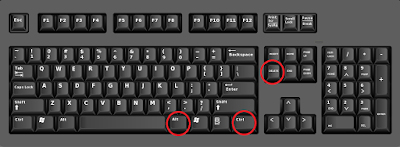
- When Task Manager will open select the Malicious Task.
- From here click on End Task button to Delete cyberwars@qq.com.war Ransomware.

- Press Win + R keys together to open Run Command.
- Type regedit and click OK or Hit Enter.

- Find and Delete all related registry files of cyberwars@qq.com.war Ransomware.
- HKEY_LOCAL_MACHINESYSTEMCurrentControlSetServicesWpm
- HKEY_CURRENT_USERSoftwareMicrosoftInternet ExplorerMain “Default_Page_URL”
- HKEY_LOCAL_Machine\Software\Classes\[name]
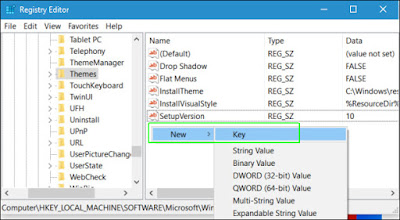
Delete cyberwars@qq.com.war Ransomware From Windows XP
- Click on Start menu and select Control Panel.
- Now press on Add or Remove programs option.
- Find and Delete unwanted program from your PC.
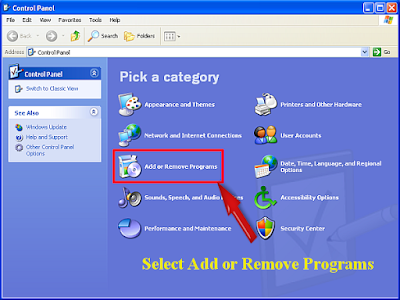
- Then Restart your PC to Delete cyberwars@qq.com.war Ransomware.
Delete cyberwars@qq.com.war Ransomware From Windows 10
- Click on Start then select Settings option.
- From Settings section choose System option there.

- The click on Apps and Features option.
- Here select the unwanted program and remove from your PC.

- Restart your PC to Delete cyberwars@qq.com.war Ransomware.
Delete cyberwars@qq.com.war Ransomware From Windows 8
- Press Win+R button to open Run Box on your computer.
- Type control panel in Run window and hit Enter button to open Control Panel.
- Click Uninstall a program.
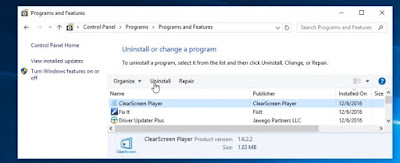
- From this Windows Right-click on cyberwars@qq.com.war Ransomware to remove it.
- Restart your PC to Delete cyberwars@qq.com.war Ransomware.
Delete cyberwars@qq.com.war Ransomware From Windows 7
- Select Control Panel Option from Start menu.
- Select Uninstall A Programs option from the Programs menu.
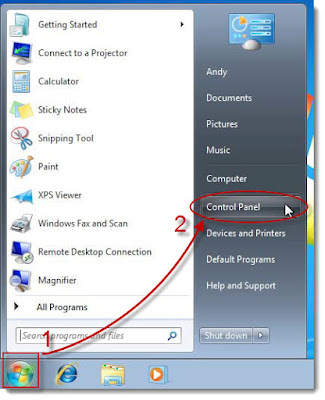
- Finally select and Delete unwanted program from your system.
- Then restart your PC to Delete cyberwars@qq.com.war Ransomware.
Start Windows XP/Vista/7 In Safe Mode To Delete cyberwars@qq.com.war Ransomware
- To Restart >> Click on Start menu >> select Restart button.
- Continue press F8 button until you don't see the Advance Boot Option.

- On Advance boot menu >> select Safe Mode With Networking Option.
- The press Enter button.

Start Windows 8/10 In Safe Mode To Delete cyberwars@qq.com.war Ransomware
- To Restart >> Click on Start menu >> press Shift key and the hit Restart button.
- Now as the screen show >> select Troubleshoot option.
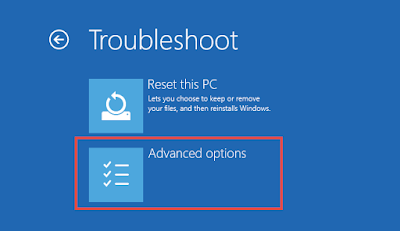
- On the next panel you need to click on Advanced Options.
- The again on new section choose Startup Settings option.

- From here select Enable Safe Mode option and the click Restart button.


No comments:
Post a Comment